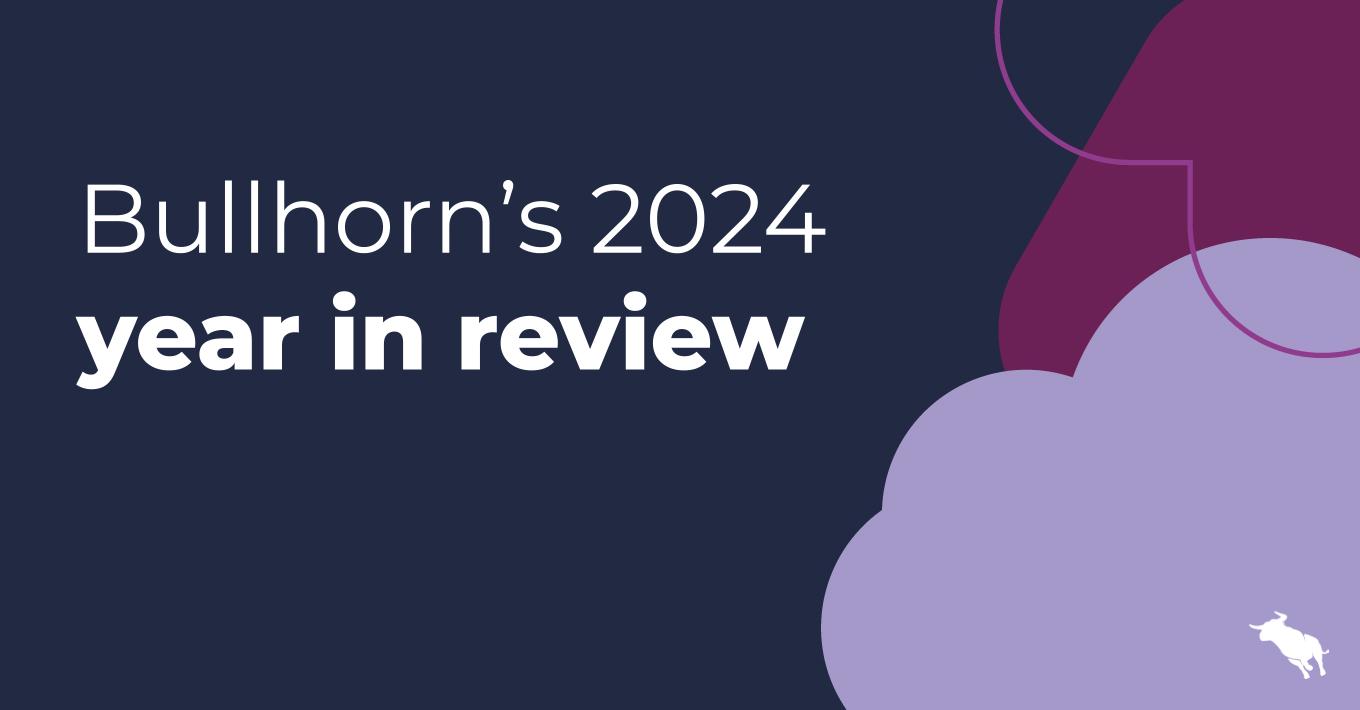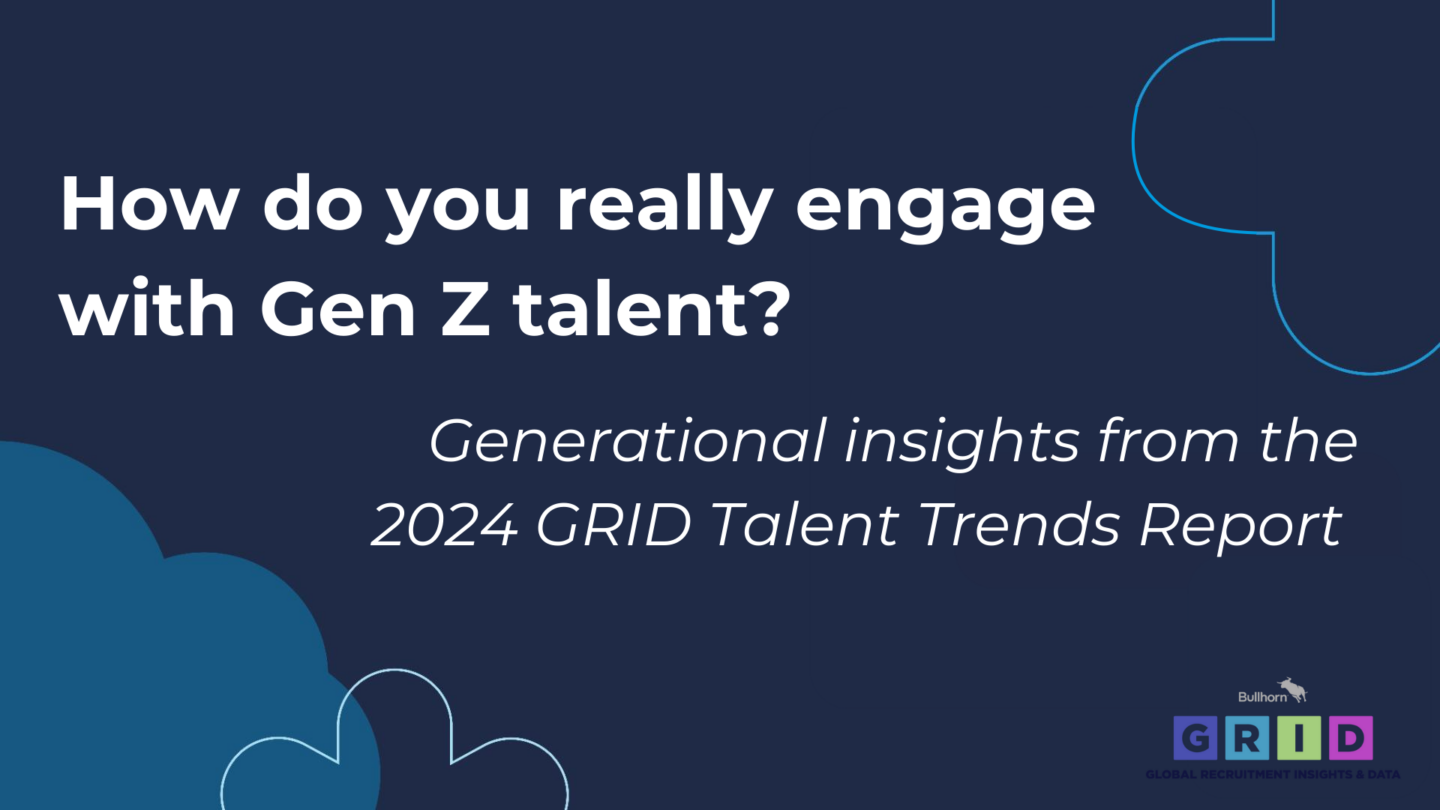Key Trends That Will Shape Staffing Businesses’ Success through 2020

The staffing industry is on the brink of major changes, writes Andrew Karpie in his whitepaper Changing Stakes in the Staffing Industry. Karpie says that while a great deal of change has occurred in the staffing industry over the past fifteen years, the next five years are likely to be even more dynamic. Staffing agencies will need to conform to staffing supply chains more efficiently and take advantage of opportunities to evolve quickly.
Knowing the trends that are on the horizon can help prepare you for coming changes. Here are some big shifts that Karpie recommends keeping an eye on.
Embrace Contingent Work
The way people work will only become more flexible and variable. Project-based work and just-in-time employment demand flexibility from staffing agencies. You’ll need to be ready to address the different forms of contingent work for which your clients will be searching.
In addition, the industrial procurement staffing supply chains that affect contingent workforce management will continue to develop. As a result, staffing businesses will need to keep up with those changes to provide the kinds of hires needed, whether they’re temporary or permanent.
Finally, increased demand for Statement of Work solutions will continue to grow. This will also affect the industrial procurement staffing supply chain framework.
Don’t Expect Standardization
There is often talk of establishing standard supply chain practices across all buyers, but this is still unlikely. Different practices across different industries make it hard to find one all-purpose solution. In addition, individual companies are looking for a competitive advantage through talent sourcing and require different solutions. As engagement models and technology change, applying a standard approach will continue to be unlikely.
Instead, buyers will continue to pick the contingent workforce management model that works best for them as they manage their own supply chains made up of tech companies, staffing suppliers, payment providers, and so on.
Keep Pace with Evolving Models
Understanding current models for contingent work isn’t enough – staffing companies will need to keep up with models that continue to emerge and evolve, such as short-term independent workers, freelance workers on-demand, and online workers. These innovations will challenge established procurement supply chain practices, especially in knowledge worker environments.
Harness the Third Platform
Each of these developments will coincide with the rise of Third Platform technologies: the coordination of cloud, mobile, social, and Big Data technology to work together to drive innovation in staffing. The rise of Third Platform technology hasn’t yet advanced beyond SaaS VMS models, but the industry is poised to take advantage of new infrastructure and architecture that will evolve in the next five years.
Blend or Stay Separate?
Many clients will want to incorporate total talent management models, integrating permanent and contingent workers. Trends indicate, however, that many of these models will become increasingly separated into:
- An industrial procurement supply chain model for temporary and SOW work arrangements.
- A managed digital services ecosystem model for new types of work arrangements and workforce solutions.
Staffing businesses will need to determine whether they will participate in only the former, or whether they’re ready to evolve their technology, processes, and business models to address both sides.
As the way people work continues to change, staffing agencies must be ready to evolve with the needs of their clients. The next five years will be exciting – are you ready?




